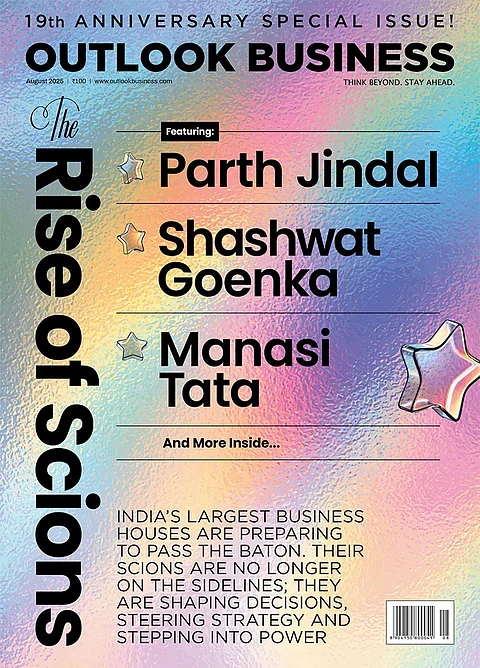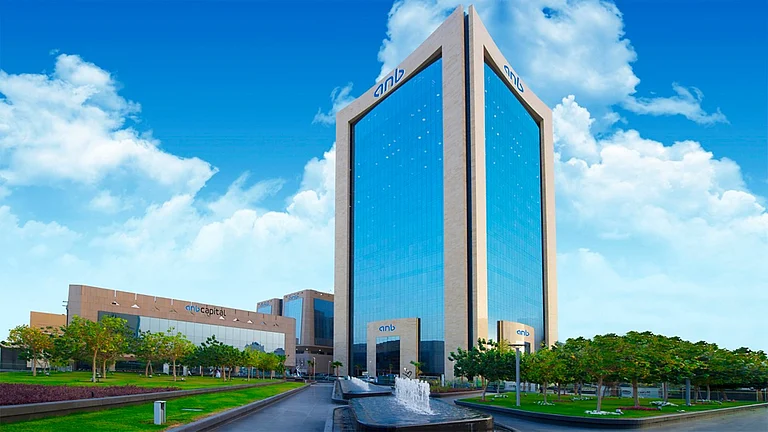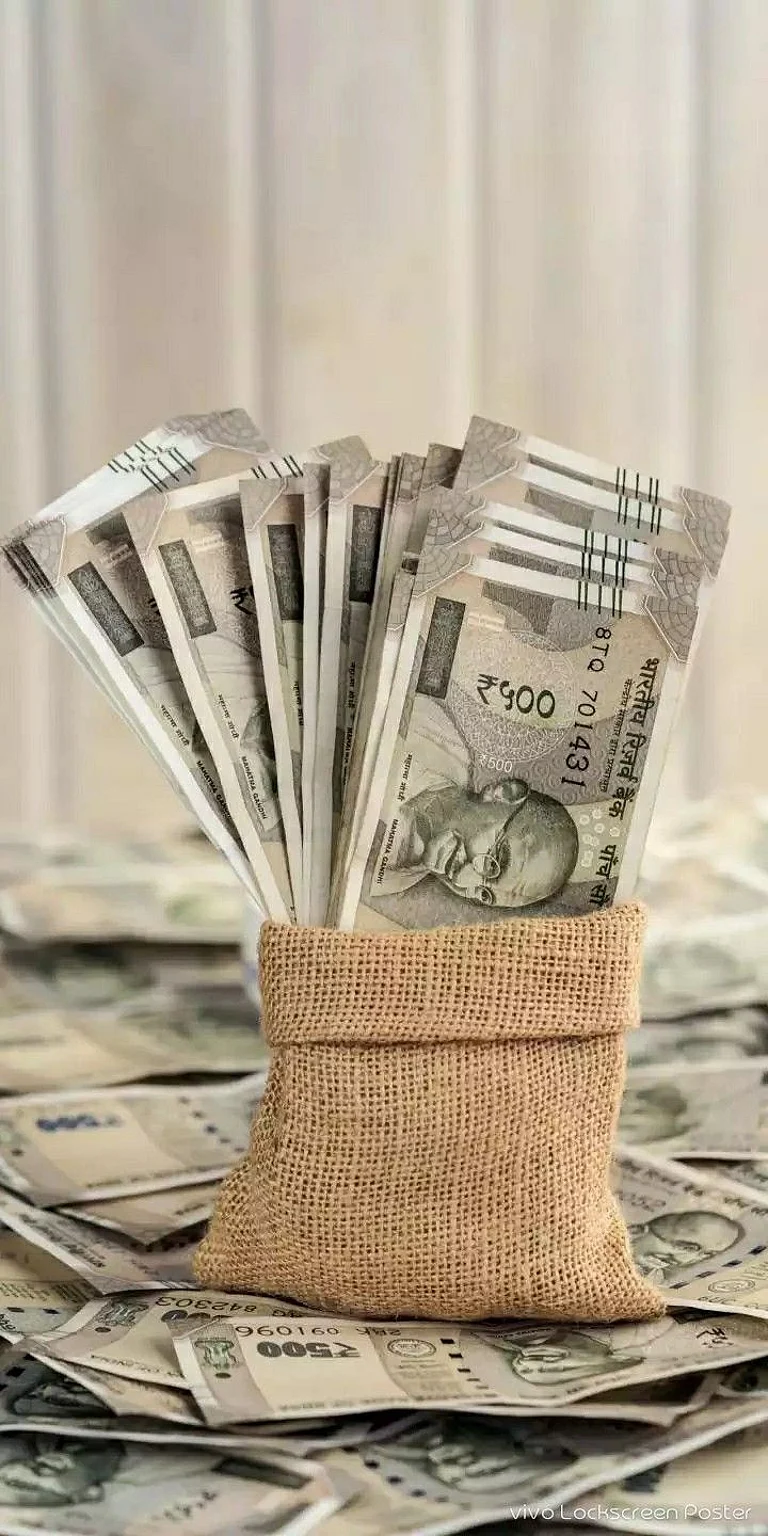Most remember the Enron debacle. Not just the high-flying company’s calamity in the US, but the bankruptcy of its Indian operations, Dabhol Power. From the ashes of the latter arose a mini-Phoenix, Ratnagiri Gas and Power Pvt Ltd (RGPPL), which was co-owned by NTPC and GAIL. Over the years, the new company faced issues with gas supplies, generation, financial constraints, and inability to pay loans. In 2018, when CMA Anjani Kumar Tiwari was GAIL’s finance head, RGPPL was demerged into two entities – one that took over the power generation business, and the other that managed the LNG (liquefied natural gas) operations. The latter was dubbed Konkan LNG Pvt Ltd (KLPL).
Under Tiwari’s watch, GAIL took over KLPL’s assets, with synergies with its existing ones, settled the debt with one-time payment, and got the NPA tag removed. Now, the buyer acquired the loans, and offered better terms such as lower interest, and moratorium on both the principal and interest. In addition, it infused funds to finance the future business plans. Now, the liquidity crisis in KLPL seems to be over, and the entity is likely to achieve a capacity utilization of 80-90%, which will add to its annual revenues, and future profitability. “We took proactive steps towards a more efficient gas-based economy, and better utilization of distressed assets,” says Tiwari.

Later, as Member, Petroleum & Natural Gas Regulatory Board (PNGRB), the regulator for the sector, Tiwari initiated moves to concretize infrastructure across the country. For example, PNGRB has authorized the city gas distribution (CGD), and natural gas pipelines at the national level. Under the latest bidding rounds, CGD deals were offered for the entire country, except the islands, and the nationwide piped natural gas (PNG) will reach the villages. As per recent data, India has nearly 25,000 km of interstate gas transmission network with “significant expansion on the cards in the next three to four years.” With more than 8,000 CNG stations, and nearly 12 million PNG customers, “gas demand is poised to grow significantly.”
However, setting targets, and enabling policy initiatives are not enough. Tiwari believes that a regulator has two other important roles. The first is to emerge as a facilitator to ease the implementation of the policies. “Accordingly, members of the Board regularly visit the states to facilitate the development of CGD projects. We discuss pain points, and issues related to taxation, and permissions and ease of business for the private players. These are taken up by PNGRB with the specific state authorities,” explains CMA Tiwari. The aim is to evolve a consensus for a better working environment.
Recognizing the potential impact of Hydrogen blending in the natural gas sector, PNGRB in collaboration with the World Bank, has initiated a study to develop pathways for Hydrogen transmission in natural gas pipelines and CGD networks. In recent months, the Board amended regulations to bring ease of doing business. In February this year, it organized the inaugural edition of the International Conference of the Petroleum and Natural gas regulator in Goa. The conference featured major South and Southeast Asian national energy regulatory authorities from Bangladesh, Indonesia, Malaysia, Sri Lanka, and Thailand, as well as international industry leaders. Regulators shared the world’s best practices. The aim is to make India the hub for oil and gas trade in the Southeast Asian region, which houses a quarter of the world’s population, but consumes 4% of oil and gas.

Second, the regulator, on a priority basis, needs to ensure adequate safeguards for consumers. A unified tariff for the national gas grid is the most effective means to ensure the objective of ‘One Nation, One Grid, One Tariff.’ At present, Tiwari contends that 90% of the operational gas pipelines are part of the national grid. Soon, the pipelines in the south, and east will join it, so that natural gas can be transported to far-flung areas across the country. This will open doors for a unified tariff for every consumer, whether she is in the extreme east, severe south, wayward west, or nonchalant north.
“Unified Tariff is a socializing mechanism, where the consumers closer to the source bear a little additional cost for the benefit of the far-off customer. It is an equalizing scheme that enables entrepreneurs to take business decisions without too many concerns about fuel costs. It helps in democratizing industrialization, so that every state can woo businesspersons to invest in their territory,” explains Tiwari. Consumer protection is the reason why PNGRB instituted a high-level Expert Committee to review the existing consumer protection laws, and recommend a comprehensive framework.

CMA Tiwari feels that with four decades of experience, in operational, strategic, and regulatory issues, as well as across the spectrum of energy sector, thermal, hydropower, and natural gas, he can contribute to the country’s future. Not to forget that he was known as ‘Digital Man’ in GAIL. His initiatives touched the lives of the employees, and eased their working lives. They benefited vendors, suppliers, and retired employees. To ensure timely payments of medical claims of retired employees, the procedure is centralized. A mobile app captures invoice details in an error-free fashion through QR code. During his tenure at GAIL, he placed LOA to SWIFT LC, Belgium, for online integration of LCs and BGs with SWIFT platform. This was the first initiative of its kind in an Indian PSU. And this is what innovative ideas, with simplicity, can lead to a humane approach, and catapult people to the pinnacle of leadership.












 Just one email a week
Just one email a week